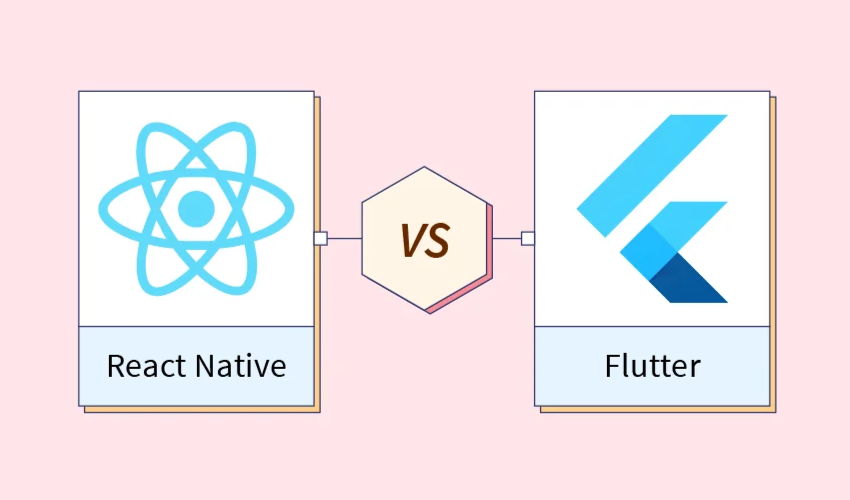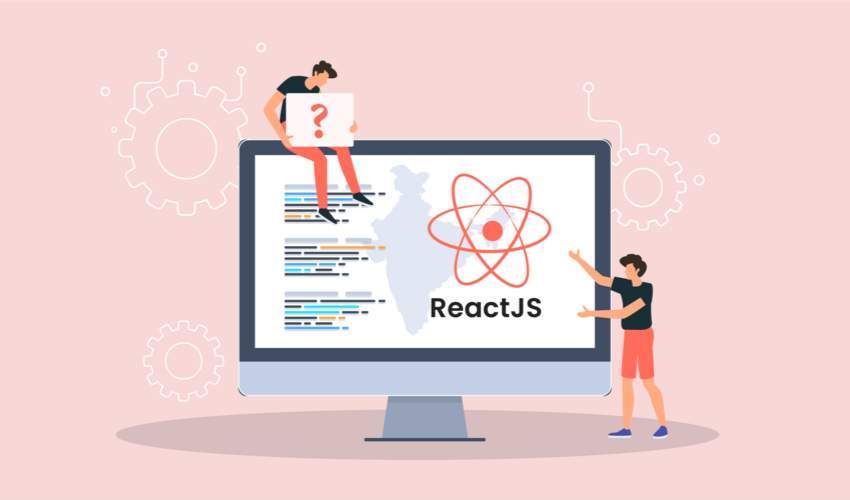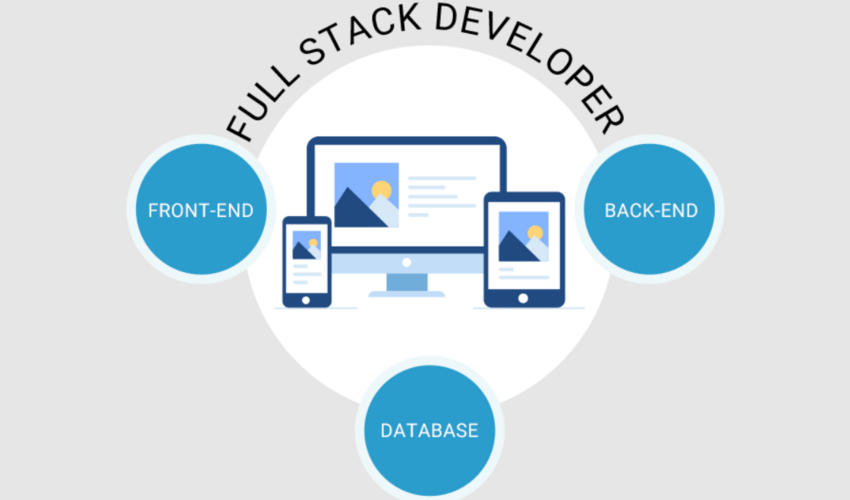Emerging Trends in Cross-Platform Development: What to Expect from React Native and Flutter

In the fast-evolving world of mobile app development, staying ahead of the curve is essential. Businesses and developers alike are keenly observing the trends that define the future of cross-platform development, particularly within two dominant frameworks: React Native and Flutter. As we look to 2024 and beyond, several key trends are emerging that will shape how these technologies evolve and how they influence the hiring landscape for developers.
1. Performance Enhancements and Native-Like Experience
One of the most critical factors in cross-platform development is achieving performance levels close to native applications. In 2024, both Flutter and React Native are set to make strides in this area. Flutter, with its C++ rendering engine and Dart-based compilation, is known for its high-performance capabilities. React Native is not far behind, particularly with the introduction of its new architecture that includes TurboModules and Fabric components. These enhancements are designed to reduce the performance gap between cross-platform and native apps, making it a hot topic for developers looking to leverage the best of both worlds.
2. Growing Ecosystem and Tooling
The ecosystems around Flutter and React Native are expanding rapidly. React Native benefits from its deep integration with the broader JavaScript ecosystem, offering a wide array of third-party libraries and tools that accelerate development. Flutter is catching up quickly, with a burgeoning collection of packages and an increasingly active community. In 2024, expect both frameworks to offer even more robust support for various integrations, making the choice between them more about specific project needs than ecosystem maturity.
3. Enhanced UI/UX Capabilities
User interface and experience (UI/UX) continue to be at the forefront of app development priorities. Flutter’s widget-based architecture provides a high degree of customization, allowing developers to create visually stunning applications. React Native, leveraging native components, offers a more traditional approach that still delivers a native feel. As UI/UX demands grow more sophisticated, both frameworks are expected to introduce new tools and components that make it easier to create seamless, beautiful user experiences across platforms.
4. AI and Machine Learning Integration
As AI and machine learning become more integral to app functionalities, both Flutter and React Native are evolving to make these technologies more accessible to developers. Expect to see more out-of-the-box support for AI-driven features, such as natural language processing, predictive analytics, and personalized user experiences. This trend is particularly significant for businesses aiming to build smart, responsive apps that stay ahead of user expectations.
5. Developer Productivity and Experience
The competition between Flutter and React Native isn’t just about performance and UI/UX; it’s also about the developer experience. Both frameworks are prioritizing features that enhance productivity, such as Flutter’s Hot Reload and React Native’s streamlined debugging tools. These features reduce development time and make it easier to iterate quickly, a crucial advantage in today’s fast-paced market. The focus on developer satisfaction is likely to increase the demand for skilled developers proficient in these frameworks.
Choosing the Right Framework for Your Project
As cross-platform development continues to grow in importance, the choice between Flutter and React Native will largely depend on your specific project requirements and the trends highlighted above. Whether you prioritize performance, ecosystem, or developer experience, both frameworks offer robust solutions that can meet diverse needs.
At Qono Tech, we specialize in providing hire developer services that leverage the latest in cross-platform technology. Our team is equipped with the expertise to guide you through choosing the right framework and delivering high-quality applications that stand out in the competitive market.
Latest Trending
Categories
- Airbnb
- Airbnb clone
- Airbnb clone script
- Multi Vendor Marketplace Script
- Buy Sell Marketplace
- Vacation Rental Website
- Online Food Ordering and Delivery Clones
- Multi-Vendor E-Commerce Script
- Online Rental Script
- Fancy Clone
- Car Rental ScriptSoftware Development
- Car Rental Script
Never Miss Another Post!
Get updates & Valuable tips straight into your inbox once a week.




